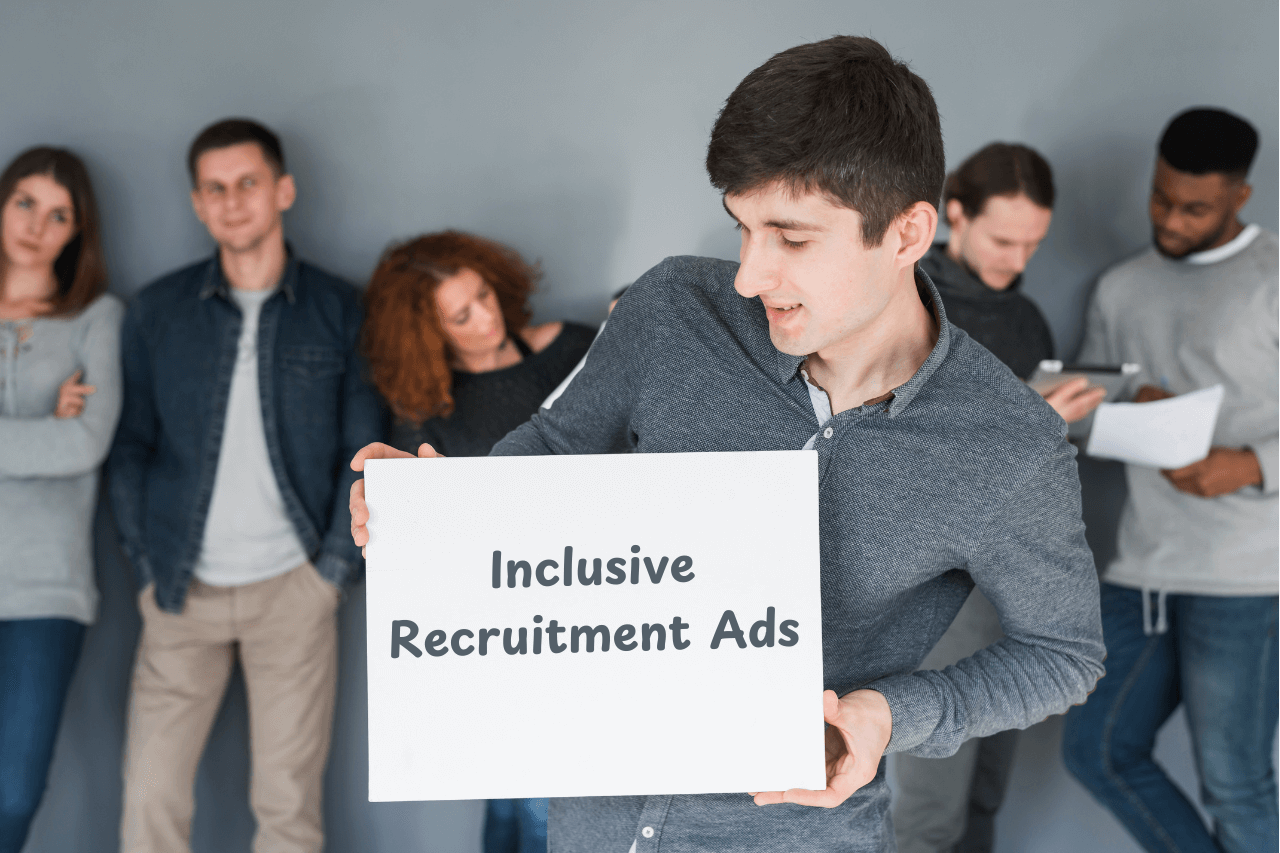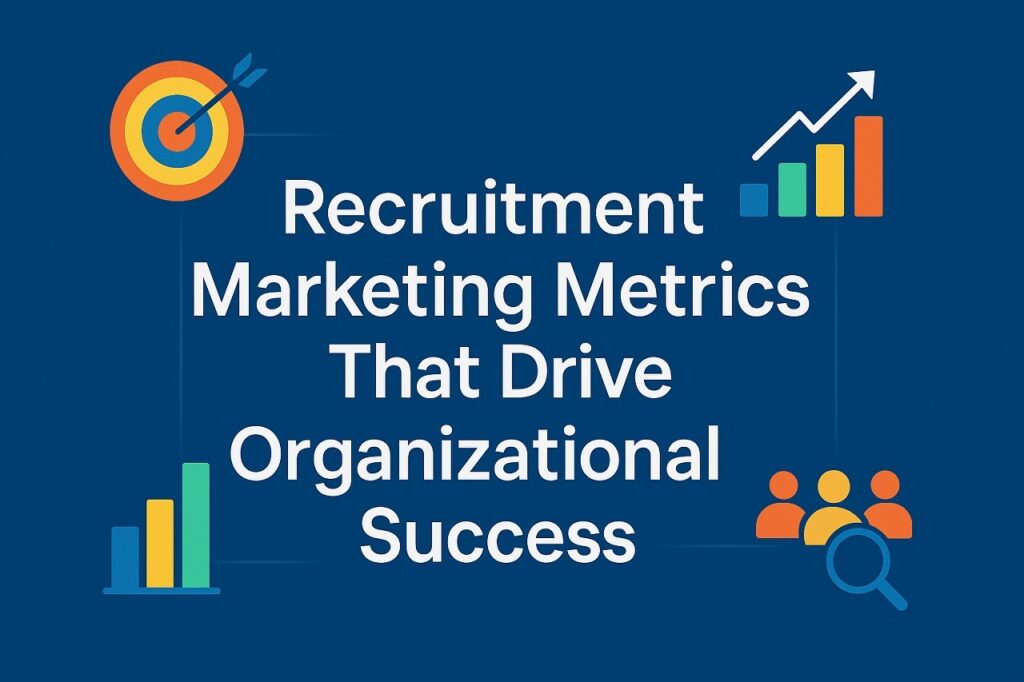In today’s evolving workplace, promoting diversity in recruitment is not just a positive initiative; it’s a business imperative. Organizations that prioritize diversity and inclusion benefit from varied perspectives, improved innovation, and better performance outcomes. An inclusive recruitment strategy starts with inclusive recruitment ads that actively attract diverse talent. Here’s how to ensure your recruitment ads are as inclusive and appealing as possible.
1. Use Inclusive Language in Job Descriptions
The language you use in job ads significantly impacts the types of candidates who will apply. Avoid language that may be unintentionally gender-biased, ageist, or exclusive to certain groups. Tools like Textio or Gender Decoder can help identify words that might appeal more to a specific demographic. Words like “competitive” or “dominant” may appeal more to male candidates, while words like “collaborative” or “supportive” may be more inclusive and inviting.
Action Tip: Instead of phrases like “young and energetic,” consider words that focus on skills rather than age, such as “enthusiastic” or “innovative.”
2. Highlight Commitment to Diversity
Explicitly stating your organization’s commitment to diversity and inclusion helps potential candidates understand your company values. Including a diversity statement or a mention of your inclusive practices in your job ad signals that your company embraces different perspectives and backgrounds. This could include statements about equal employment opportunities, benefits that support work-life balance, and policies for fostering an inclusive environment.
Example Statement: “We are committed to creating an inclusive workplace that promotes and values diversity. Our team reflects a wide range of talents and experiences, and we welcome candidates from all backgrounds.”
3. Eliminate Unnecessary Requirements
Overly extensive qualification lists can discourage qualified candidates from applying, particularly women and minority groups who statistically apply only if they meet 100% of the requirements. Streamline your job ads by focusing on core competencies and skills rather than an exhaustive list of qualifications. If certain skills can be learned on the job, consider labeling them as “preferred” instead of “required.”
Action Tip: Aim to limit your list of job requirements to 5-7 essential qualifications and skills. This can encourage a wider range of applicants to consider applying.
4. Use Visuals and Media Reflecting Diversity
The visuals in your recruitment advertising can strongly influence candidates’ perceptions of your workplace culture. Images or videos showing a diverse team in action indicate that your company values diversity. Consider using visuals that reflect different races, genders, ages, and abilities.
Action Tip: Include images or videos featuring employees from various backgrounds to provide a realistic representation of your workplace. If you don’t currently have a diverse team, opt for neutral images that convey inclusivity.
5. Promote Inclusive Benefits and Policies
Highlight benefits and policies that support a diverse workforce, such as flexible working hours, parental leave, mental health support, and professional development opportunities. These benefits make your workplace more appealing to candidates who might prioritize work-life balance, family commitments, or personal growth.
Example: “We support a balanced work environment with flexible scheduling, remote work options, and resources for continuous learning and development.”
6. Leverage Targeted Platforms and Networks
Where you post your job ads can determine the audience you reach. Utilize platforms that promote diversity, such as websites dedicated to women in tech, veterans, or minority groups. Partner with organizations and networks that focus on diverse communities to ensure your job postings reach a broader, more varied audience.
Action Tip: Consider advertising on niche job boards like DiversityJobs, Women Who Code, and VetJobs to connect with specific talent pools.
7. Avoid Jargon and Overly Formal Language
Technical jargon and overly formal language can alienate candidates who are unfamiliar with specific industry terms or who may not speak English as their first language. Make your job ads clear and concise, using language that is accessible to a wide audience. Simple, straightforward language invites more candidates to engage with your ad and envision themselves in the role.
Example: Instead of “leveraging synergistic paradigms for cross-functional collaboration,” opt for “working together with different teams to achieve goals.”
8. Showcase Employee Testimonials
Including testimonials from current employees who belong to diverse backgrounds can offer insight into your company’s culture and values. Authentic voices resonate well with potential candidates, giving them a sense of belonging and an understanding of the supportive environment they can expect.
Action Tip: Feature quotes or short stories from employees that showcase how your company embraces diversity and provides growth opportunities.
9. Regularly Review and Update Recruitment Ads for Bias
Inclusivity in recruitment is an ongoing effort. Regularly review your recruitment ads for unintentional bias, outdated language, or structural elements that may alienate certain groups. Consider enlisting team members from diverse backgrounds to review job descriptions and provide feedback to ensure the ads are welcoming and unbiased.
Action Tip: Use feedback loops to improve your recruitment ads continuously. Even small adjustments can make a big difference in attracting a broader range of talent.
Conclusion
Creating inclusive recruitment ads is essential for attracting a diverse pool of candidates who bring varied perspectives and skills to your organization. By focusing on inclusive language, highlighting your commitment to diversity, simplifying requirements, and targeting the right platforms, you can create job ads that resonate with a wide audience. Inclusivity in hiring is not just a one-time goal—it’s a commitment that needs regular attention and improvement to foster a truly diverse and innovative workforce. Embracing this approach will not only enrich your team but also strengthen your company’s reputation as an employer of choice in an increasingly competitive job market.




